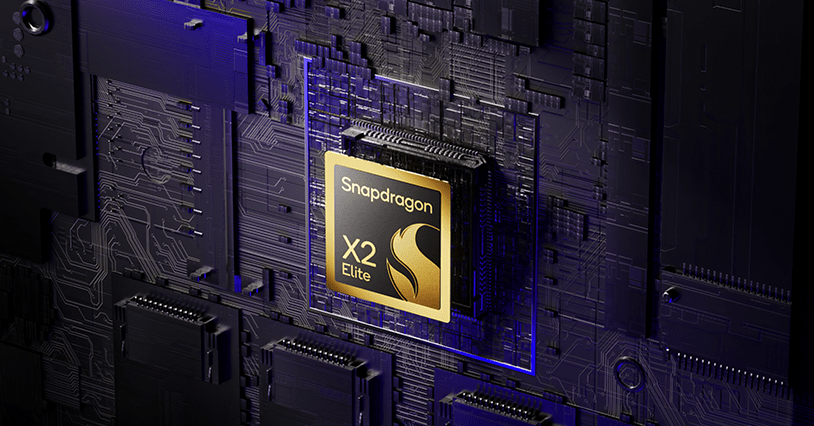Qualcomm’s New Windows on Arm Chips
After more than a decade of effort, Qualcomm has successfully introduced Windows on Arm laptops, competing with established brands like Intel and AMD. This development marks a significant shift, especially as Qualcomm now reveals the second generation of its key chip, now available in two variants: the Snapdragon X2 Elite and Snapdragon X2 Elite Extreme.
Industry Claim
In a bold announcement, Qualcomm is declaring its new processors as “the fastest and most efficient for Windows PCs.” It will be interesting to see how competitors like Intel and AMD respond to this assertion!
Performance Enhancements
The company claims that its 3nm chips can deliver up to 31% faster CPU performance compared to the prior Snapdragon X Elite, while also being able to consume 43% less power. This new chip features up to 2.3x the GPU performance per watt, thanks to a revamped 1.85GHz GPU.
New Technical Specifications
On the CPU side, the Snapdragon X2 is equipped with a 3rd generation Oryon CPU featuring up to 18 cores. Twelve of these cores can operate at speeds up to 4.4GHz, with two cores achieving a remarkable 5GHz clock speed— a first in Arm CPUs.
Advanced AI Capabilities
Additionally, the new Hexagon NPU, capable of 80 TOPS for AI tasks, reportedly enhances performance by 37% while reducing power consumption by 16%. Qualcomm claims this is the fastest laptop NPU available.
Improvements for Creators
Qualcomm indicates that creators will experience significant enhancements over last year’s models, with improvements such as 28% faster photo editing in Photoshop and 43% quicker exports in Lightroom. Gaming on Arm is also expected to benefit from a new 18MB high-speed cache dubbed “Adreno High Performance Memory.”
Future Outlook
While Qualcomm aims to achieve “multi-day battery life” with these chips, past claims suggest that this translates to around 14 to 18 hours of usage. The launch of devices using these chips is expected in the first half of 2026, with speculations of a collaboration with Google to integrate Android into PCs.



